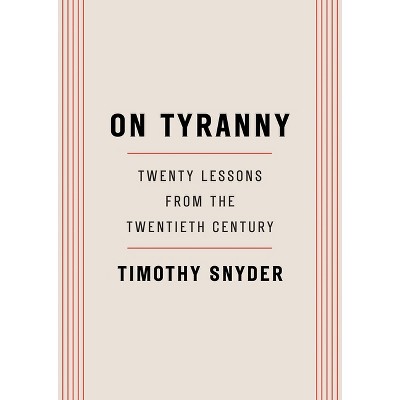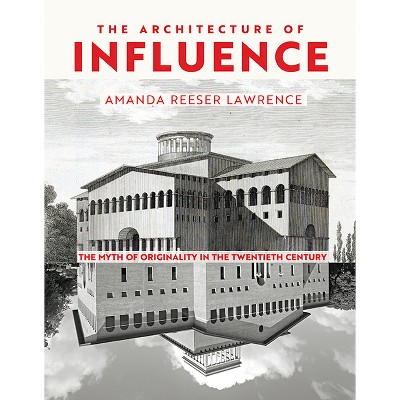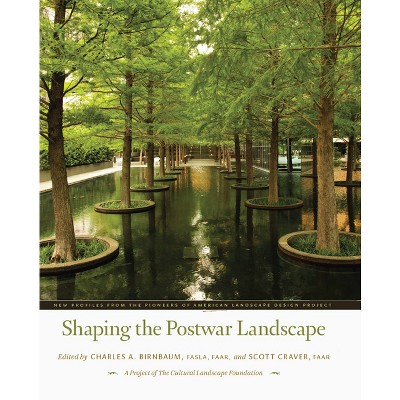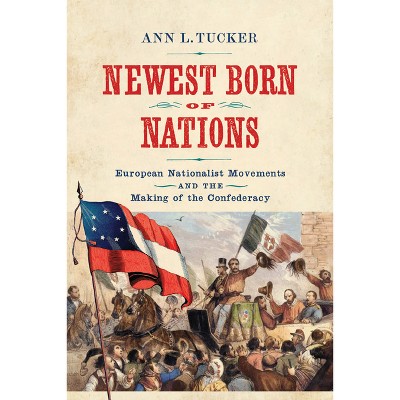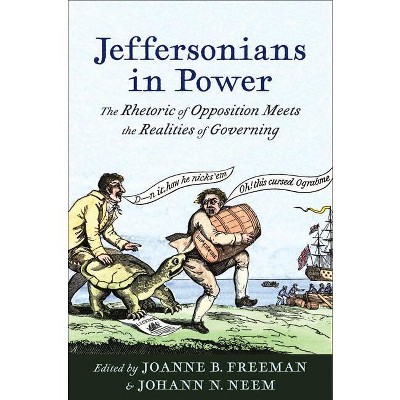About this item
Highlights
- For those who have ever wondered why we have trees in cities or what makes the layout of cities like Paris and Amsterdam seem so memorable, City Trees: A Historical Geography from the Renaissance through the Nineteenth Century by Henry W. Lawrence provides a comprehensive and handsome guide to the history of trees in urban landscapes.
- About the Author: Henry W. Lawrence is Professor in the Department of Geosciences at Edinboro University of Pennsylvania.
- 352 Pages
- History, Historical Geography
Description
About the Book
Complete with fascinating illustrations, City Trees will appeal to those interested in urban history and geography as well as the general public interested in cities, cultural history, and landscape design.
Book Synopsis
For those who have ever wondered why we have trees in cities or what makes the layout of cities like Paris and Amsterdam seem so memorable, City Trees: A Historical Geography from the Renaissance through the Nineteenth Century by Henry W. Lawrence provides a comprehensive and handsome guide to the history of trees in urban landscapes. Covering four centuries of development in the cities of Europe and America, this book shows how trees became integral to urban landscapes by looking at the historical evolution of the spaces in which they were planted and how these spaces were used.
Reflecting on the impact trees have had on what many consider to be the fundamental aspects of city life--people, buildings, social and economic activity--Lawrence draws on graphic materials, written descriptions, local histories, and archival research to provide a unique look at the tree's role in urban landscape history. Primarily concerned with aesthetics, power, and national traditions, Lawrence reflects on the differing impacts city trees have had on multiple aspects of culture, from their roles as symbols and their representation of economic prosperity to the differing ways nations planted their trees, which gradually blended into an international style of urban planting.
Complete with fascinating illustrations, City Trees will appeal to those interested in urban history and geography as well as the general public interested in cities, cultural history, and landscape design.
Review Quotes
"More than solid historic research, City Trees is a well-documented tome that is woven together like fine linen. Lawrence's scholarly work has been presented in an engrossing manner. When you read this factual account of our history of urban tree planting, your appreciation of urban park spaces and street trees will reach new heights.
--Joel M. Lerner, Garden & Landscape columnist "The Washington Post""No one (apart from insurance companies) now questions the rightness of trees in city streets anywhere in the world. It was not always thus, and Henry Lawrence provides a wide-ranging explanation of how this acceptance took hold and spread throughout Western cultures. Nothing he says is surprising in itself; much more so is the fact that no one has previously assembled so many individual strands from the history and planning of so many cities to construct such a coherent narrative.
-- "Urban History""Urban silviculture here embellishes landscape architecture, urban design, and cultural history within the larger framework of geography: a major scholarly accomplishment, wonderfully free of jargon and graced by common sense.
--John R. Stilgoe, Harvard University, author of Outside Lies Magic and LifeboatBeautifully written and handsomely illustrated, City Trees draws on maps, plans, drawings, archival sources, written accounts, travelers' records, and historic and current photographs to describe the public spaces of cities where trees, parks, and public gardens appear and explains the ways these spaces were used by people at times when key urban landscape practices were first being shaped and recorded.... Lawrence has set the bar high for those whowould advance our understanding of trees in the urban milieu where most people now live, and for this I am most grateful.
--James A. Schmid "Geographical Review"About the Author
Henry W. Lawrence is Professor in the Department of Geosciences at Edinboro University of Pennsylvania.
Shipping details
Return details
Trending History


